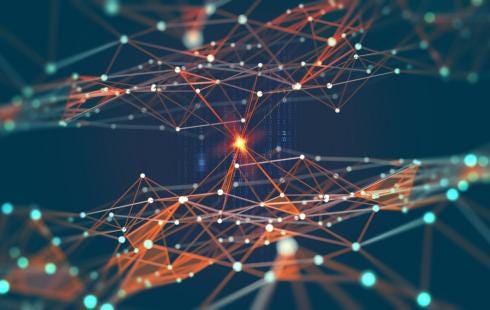Machine Learning allows you to make products that adapt to consumer’s needs based on predictive modeling. The program would be provided a collection of data sets and training instances for the consumption of the machine so that they might create models and predictions based on these sets of instances. One example of the practice of this predictive modeling is how YouTube is able to accurately recommend videos that you would like to watch. Essentially, anything that has the ability to predict possible outcomes through the use of previously collected information can be considered an example of a predictive model.
In Data Science, predictive modeling is simply a process that uses data mining, statistics, and probability to forecast outcomes while these outcomes are determined by the sheer quantity of variables and factors that go into the model.
However, predictive modeling shouldn’t be confused with classification. While both are, in fact, forms of data analysis, it would be better to explain their differences via examples. Classification, from the name itself, classifies a data set within general labels while prediction models continuously update and refresh their data sets using continuously updating value functions.
#computer-science #computer-vision #machine-learning-ai #machine-learning #machine
